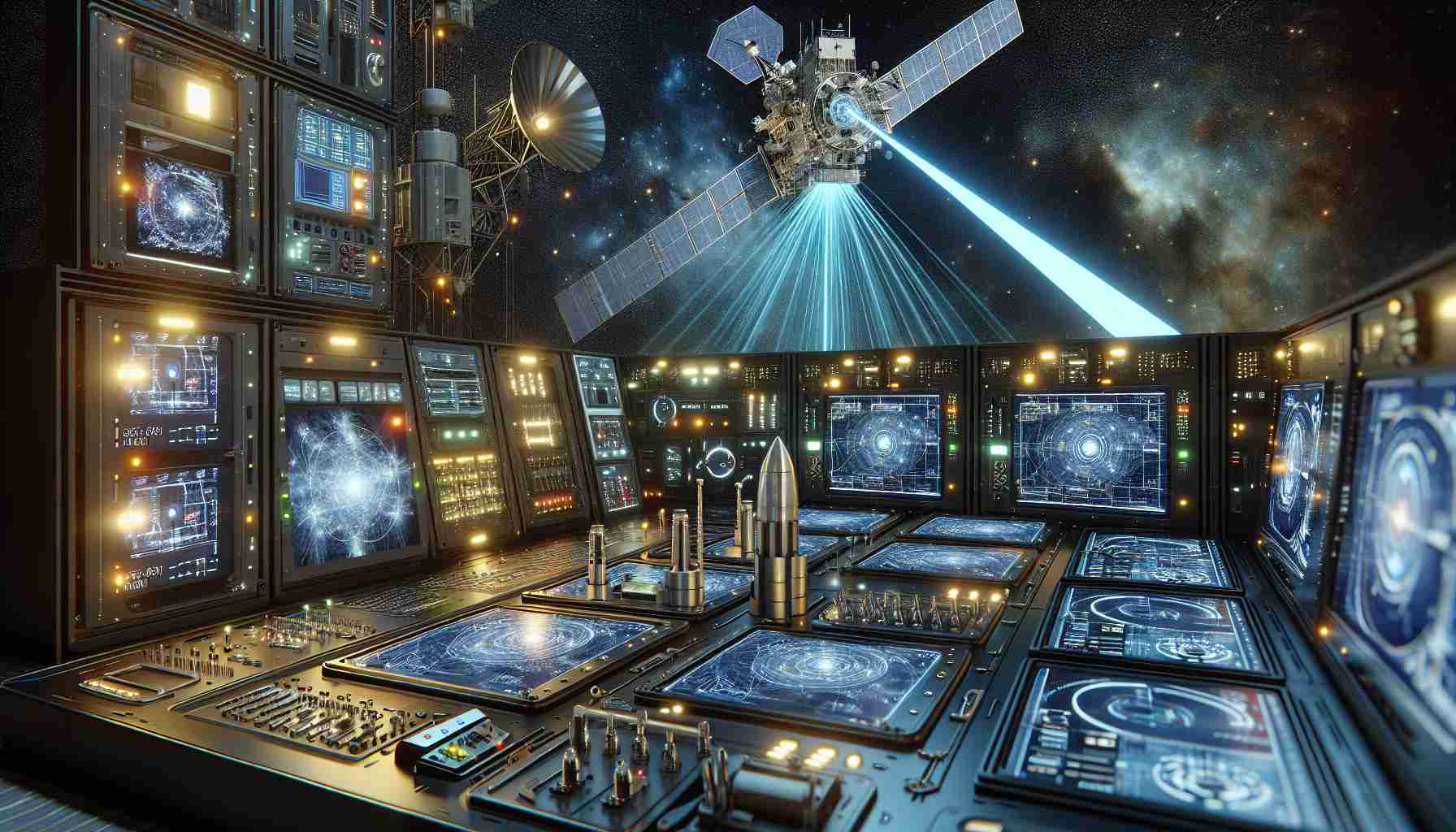
TAMPA, Fla. — In a significant advancement for satellite communications, Sony has teamed up with Astro Digital, a California-based company, to explore the potential of laser communication technologies. This initiative aims to utilize optical disc technologies, previously developed for CD players, to enhance data transmission capabilities from space.
The collaboration will focus on two satellites, which will be constructed on Astro Digital’s Corvus platform, scheduled for launch in 2026. Each satellite will be equipped with a cutting-edge Lasercom optical terminal developed by Sony Space Communications Corporation (SSCC), a subsidiary established in 2022 to commercialize these technologies following successful initial tests.
SSCC is set to evaluate high-speed optical data links not only between the satellites and ground stations but also between the satellites themselves while in low Earth orbit (LEO). This approach seeks to create a more efficient communication system, with an emphasis on reducing the size and power requirements of the laser terminals, making them suitable for smaller satellite designs.
Astro Digital, renowned for manufacturing compact satellites weighing as little as 10 kilograms, will ensure that these demonstration satellites maintain a weight of at least 50 kilograms. While SSCC has reportedly attracted interest from potential clients for its laser terminals, details remain under wraps.
In an evolving market where companies like SpaceX are also competing for dominance, laser technology is emerging as a vital solution to address the growing demand for efficient space-based communications, especially as the number of LEO satellites continues to rise.
Sony Innovations in Laser Communication: A Leap Forward in Satellite Technology
In recent years, laser communication technology has garnered enormous attention as a next-generation solution for satellite communications. Sony’s collaboration with Astro Digital marks a pivotal moment in this field, but there are additional facets of the topic that deserve exploration. This article examines key questions, identifies challenges, and discusses the advantages and disadvantages associated with Sony’s innovations in laser communication through satellite technology.
What role does laser communication play in satellite technology?
Laser communication, or free-space optical communication, employs lasers to transmit data through the air. This method offers significantly higher data transfer rates compared to traditional radio-frequency communication, with potentials exceeding 100 Gbps under optimal conditions. The efficiency of laser communication makes it an attractive option for satellites that require real-time data transmission, especially in applications like Earth observation, scientific research, and global internet access.
What are the key challenges associated with laser communication?
1. Atmospheric Interference: One of the most significant challenges in laser communication is the effect of atmospheric conditions on signal integrity. Rain, fog, and clouds can severely diminish signal quality and disrupt communication links.
2. Pointing Accuracy: Laser communication relies on precise alignment of transmitting and receiving terminals. Even slight misalignments can result in data loss, necessitating advanced tracking mechanisms that can complicate satellite designs.
3. Cost and Development Time: Developing laser communication systems requires substantial investment in research and development, potentially making the technology less accessible to smaller companies or startups.
What advantages does laser communication offer?
– Higher Bandwidth: Laser communication offers tremendous bandwidth capabilities, which can facilitate high-definition video streaming and other data-intensive applications from space.
– Reduced Latency: Laser communications can provide lower latency compared to traditional RF communications, vital for applications requiring real-time data transfer.
– Security: Laser signals are difficult to intercept and are less susceptible to jamming compared to radio waves, enhancing the security of sensitive communications.
What disadvantages should be considered?
– Limited Coverage: Unlike radio waves, which can propagate over long distances and through obstacles, laser communication requires a clear line of sight, limiting the range and operational scope of satellites.
– Dependency on Weather: As mentioned, atmospheric conditions can significantly impact performance, which may restrict operational reliability during inclement weather.
Key Controversies in the Field
A contentious issue surrounding laser communication technology involves the competition for orbital space. As companies like SpaceX rapidly deploy thousands of satellite constellations, concerns emerge regarding space debris and the long-term sustainability of satellite orbits. Striking a balance between innovation and responsible space management is crucial as the number of satellites in LEO increases.
Conclusion
The collaboration between Sony and Astro Digital represents not only a technological leap but also an invitation to explore the future of satellite communication. As advancements continue, addressing the challenges and leveraging the advantages of laser communication will be essential for developing efficient, secure, and reliable satellite networks.
For further information on space communication technology, visit Sony Space Communications.



